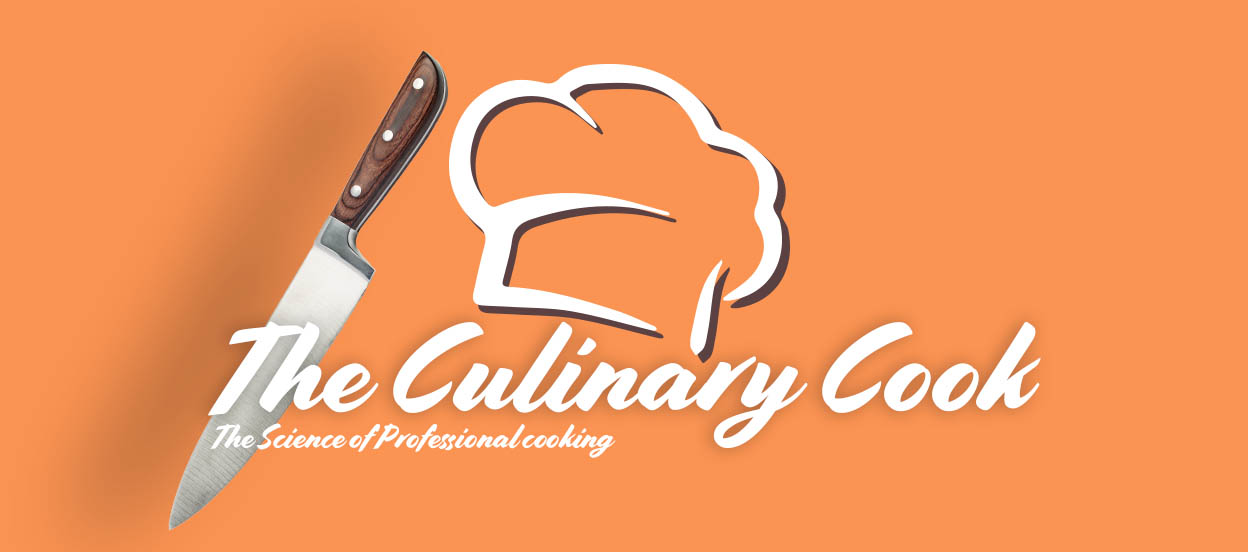Vegetarian Cooking
Vegetarian cooking should be thought as a detour. While most classic cooking revolves around the protein of the dish, the main goal of vegetarian cooking is to reach the same satisfaction from a classically cooked meal using only vegetables. The goals are the same and are sometimes intertwined within each other. Vegetarian cooking need not be difficult, or tasteless. But it should embrace its strengths in an effort to produce the best tasting meal possible.
For whatever reason a person has for being a vegetarian, knowing the basics and substitutions in vegetarian cooking is essential. Many modern restaurants these days have a significant portion of their menu dedicated to vegetarian and/or healthy options. This isn’t a trend, but rather people waking up to the consequences of eating poorly. As aspiring cooks, our job is based on the ability to balance delicious foods with healthy foods.
Types of Vegetarians
[dropcap]T[/dropcap]here are many types of vegetarian diets out there, and knowing what each of them represent is important. Some may not eat dairy, some may not eat any animal products, and some might only eat raw foods. Because removing large portions of options from diets leaves holes in nutrition, the main focus in vegetarian cooking becomes fulfilling those nutritional needs while still providing a delicious meal. It becomes more difficult the more extreme the diet. These are the most common types of vegetarian diets:
Vegan – Someone who eats no fish, meat, or poultry or any products derived from animals (Such as honey, milk, cheese, eggs, etc) is considered a vegan. This type of person is sometimes referred to as a strict or pure vegetarian.
Raw Foodist – This type of diet consists of vegan ideals but only eats foods that are raw or slightly warmed. The reason behind this is the belief that essential nutrients and enzymes are destroyed above 47C (116F). To ensure proper nutritional consuming, a living foodist may soak their beans, nuts or sprouts in water to soften them and increase nutrient absorption.
For whatever reason a person has for being a vegetarian, knowing the basics and substitutions in vegetarian cooking is essential.
Fructarian or Fruitarian – A person who only eats fruits, nuts, seeds and other plant products that can be gathered without harming the plant is called a fructarian/fruitarian. Some extreme types will only eat plant matter that has already fallen off the tree.
Ovo-Vegetarian – This type of person will consume eggs, but not dairy products.
Ovo-Laco-Vegetarian – A type of diet which consists of eating plant products as well as dairy products and eggs (Although some may not eat cheeses made with animal-based enzymes such as rennet, or eggs produced by factory farms). This is the most common vegetarian diet.
Lacto-Vegetarian – A vegetarian that eats dairy products but not eggs
Demi-Vegetarian – A vegetarian or ovo-lacto-vegetarian who eats fish.
Macrobioticist – This type of diet is unique in that it was developed in the 1920s by a Japanese teacher who followed a meal plan consisting of brown rice, miso soup and sea vegetables.
Complete Proteins
[dropcap]M[/dropcap]ost vegetarian diets will lack the ability to eat complete proteins that are readily available in animal protein. To combat this, lentils are used in conjunction with grains such as brown rice. This combination forms a complete protein for the body to be absorbed. It is essential in knowing this when cooking for vegetarians. Providing a complete protein for some diets may be next to impossible, such as a fruitarian. Deficiencies in protein can be severe, impeding the formation of body tissues and retarding the immune system.
Vegetarian Substitutions
Butter – For sauteing, use vegetable oil or vegetable spray. For flavoring, try using nut oils, such as hazelnut, pecan, walnut, nut butter, almond, cashew, peanut or sesame butter.
Cream – For hot soups and sauces, try substituting cream with soy or rice milk, or pureed silken tofu.
Sour cream/Yogurt – For beverages or custards, use soy coffee creamer. For cold creams or spreads, use pureed silken tofu.
Eggs – If used for leavening, substitute for a chemical leavening agent. If replacing the emulsification in in sauces such as mayonnaise, either form a temporary emulsion, or form emulsion using ground nuts or soaked bread.
Beef, Fish or Poultry Stock – For uses in sauces, soups and stews, replacing stocks can be done by using vegetable stock, or broth made from miso or seaweed.
Demi-glace – Used in sauces and stews, replace demi-glace with a richer vegetable stock using larger proportion of vegetables, reducing and thickening with a starch
Gelatin – Used for thickening and gelling, a common substitute for gelatin is Agar. Agar tends to firm much more firmly than gelatin.
Prepared Sauces, such as fish sauce, nuoc mam, osyter or Worscestershire – For flavoring, use soy sauce, balsamic or red wine vinegar.
Cooking for a vegetarian doesn’t have to be difficult. It all comes down to understanding the basics of cooking and cooking methods, and then applying those methods to vegetarian ingredients. Braising, sauteing, poaching, roasting – they can all be used in cooking vegetarian dishes. Being imaginative and creative is essential if you want to be able to cook great tasting dishes.






